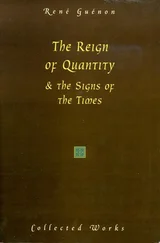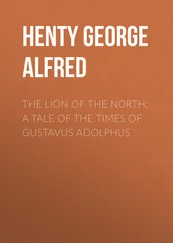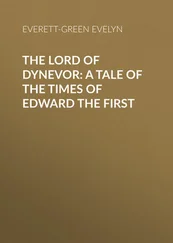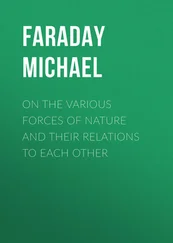SKYLARKS FEED ALMOST exclusively on the ground – they take everything from seeds to slugs – so when there is a covering of snow they roam the countryside looking for sustenance. The winter visitors may wander far afield, but the British residents soon return to their own fields and moors. Before long they will be singing again, high in the sky.
Another lark that can be seen here in winter, mainly on the east coast, is the shore lark. These birds are easily overlooked because they crouch on the shore and then shuffle along with their heads down, quite unlike the brisk skylarks. They can be recognised by their yellowish faces, and, in the case of the male, by the two black stripes on the top of his head that end at the back in tiny horns (they are sometimes called horned larks). These features will become sharper as spring nears, and they prepare to return to their homes in the Arctic tundra.
In the woods, the first shoots of dog’s mercury are coming through. The jagged-edged leaves will soon be unfolding and in a fortnight the first green flowers will be out. In some places they will carpet the whole woodland floor for a while.
 10th January
10th January 
TAWNY OWLS ARE hooting in the night – a long, sonorous set of notes, often wavering slightly. They also have a sharp ‘kwick’ note, probably more often used by the female, and the two sounds together constitute the legendary ‘tu-whit, tu-whoo’. They fly around noiselessly in the dark on their soft, rounded wings, alert to any sight or sound of movement, and swoop down on careless mice or small birds roosting in the bushes. Sometimes a tawny owl is caught in a car’s headlights, standing on the ground eating its prey. It looks up with its large gleaming eyes before it flies off rapidly into the shadows. In the daytime, they sleep in hollow trees, or pressed up against a tree trunk hidden in deep ivy. If they venture out in the daytime, they may be mobbed by small birds and forced to flee.
 11th January
11th January 
IN SPITE OF the recent cold weather, the first leaves of many of the spring flowers are coming up at woodland edges and on muddy roadsides. The bright green, fern-like leaves of cow parsley, or Queen Anne’s lace, are already quite thick. There are beds of goosegrass, which at this early stage of its life looks like a trim little green pagoda. Later it will sprawl and cling to clothes – hence its other name of ‘cleavers’. The fan-shaped leaves of mallow are also up here and there, though the flowers will not follow until June. The leaves of garlic mustard, or jack-by-the-hedge, are pushing up through the leaf mould: they are like crinkly hearts, and already smell faintly of garlic when crushed. There are also small, frail-looking dock leaves, and neat rosettes of thorny thistle leaves close to the ground.
Jackdaws plod about on the ground looking for food. They have prospered in recent years, partly perhaps because of the wide range of food that they will take. They are mainly black birds, but have a grey hood and pale grey eyes. The pairs often sit side by side in the trees, in winter as well as in the spring.
 12th January
12th January 
WHITE-FRONTED GEESE ARE wandering in small flocks around southern England, especially near the Severn Estuary and in farmland near the Kent and Sussex coast. They settle on flooded fields where the water is not frozen, and graze around the edge of the pools. The whole flock moves forward on the ground together, walking slowly and tugging energetically at the grass as they go. When they are startled, they leap up into the air with remarkable speed, climbing almost vertically on their powerful wings. They fill the air with cackling cries like a kind of wild laughter.
They are streaky brown geese, and their ‘white front’ is a white band above the beak. The birds in the south of England come here from northern Russia, while other white-fronted geese from Greenland visit the Irish bogs and some Hebridean islands, particularly Islay. Hard weather on the Continent brings more Russian birds here.
The first shoots of winter wheat and barley are coming up steadily. There are also tufts of scentless mayweed still flowering in the rain-sodden soil, although many of the flowers have lost their white petals and only the spongy-looking yellow centre remains.
 13th January
13th January
SONG THRUSHES ARE singing vigorously in treetops in the dawn, with repeated, ringing whistles and triple notes. They put what sounds like enormous urgency into their songs. In well-lit gardens and parks, some of them are singing for half the night. They also have a more subdued, rambling song, called ‘sub-song’ by ornithologists, which can be heard from lower down in the vegetation. This probably comes from young males who are practising their song – and still learning it from the treetop birds.
Blue tits are more often seen now in pairs than in flocks, and are looking round for suitable holes or boxes to nest in, but they will not start building until April. The lengthening hours of daylight are beginning to bring all the birds a little closer to breeding condition, and the warmth in the air is contributing to the process.
PIGEONS AND DOVES breed nearly all the year round, and in the sunshine are already showing signs of spring. Wood pigeons can be seen making their aerial displays. They fly sharply up into the air from a roof or treetop, clap their wings, then glide down. They may do this several times before they settle again. They are laying claim to a territory on the land beneath them, and showing off to potential mates.
Collared doves are singing on television aerials: their loud triple coo is sometimes mistaken for a cuckoo’s call, but the cuckoos at present are all in central or southern Africa. Collared doves like to look around when they are perched, stretching their long, flexible necks and peering about with an anxious expression. Town, or feral, pigeons, which are mainly descended from wild rock doves, make their grunting, groaning song from holes in walls.
In the woods, the little heart-shaped leaves of sweet violet are beginning to push aside the leaf mould.
 15th January
15th January 
MANY SMALL CREATURES may be revealed if a piece of bark is broken off a fallen tree trunk. Woodlice lurk in the darkness of the rotting wood in order to keep moist, with several of them often clustered close together to make the process more efficient. One species of woodlouse rolls up, when exposed, into a shiny ball that looks as if it is armour-plated, and drops to the ground to escape. At one time, these little rolled-up crustaceans used to be prescribed as medicine by quack doctors, because of their resemblance to a pill.
Читать дальше
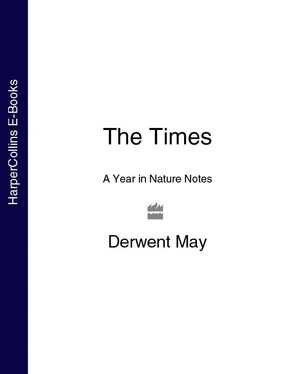
 10th January
10th January 
